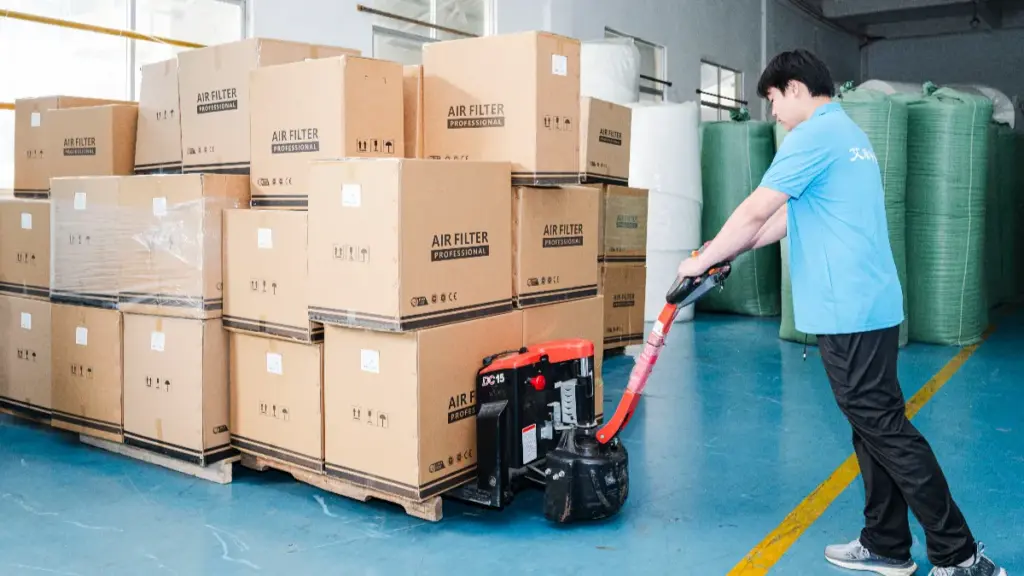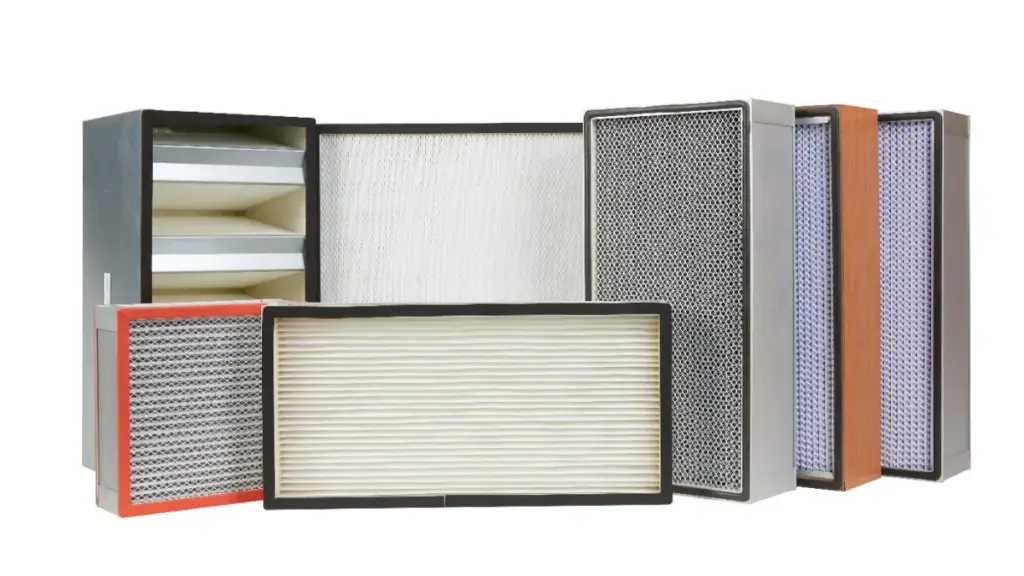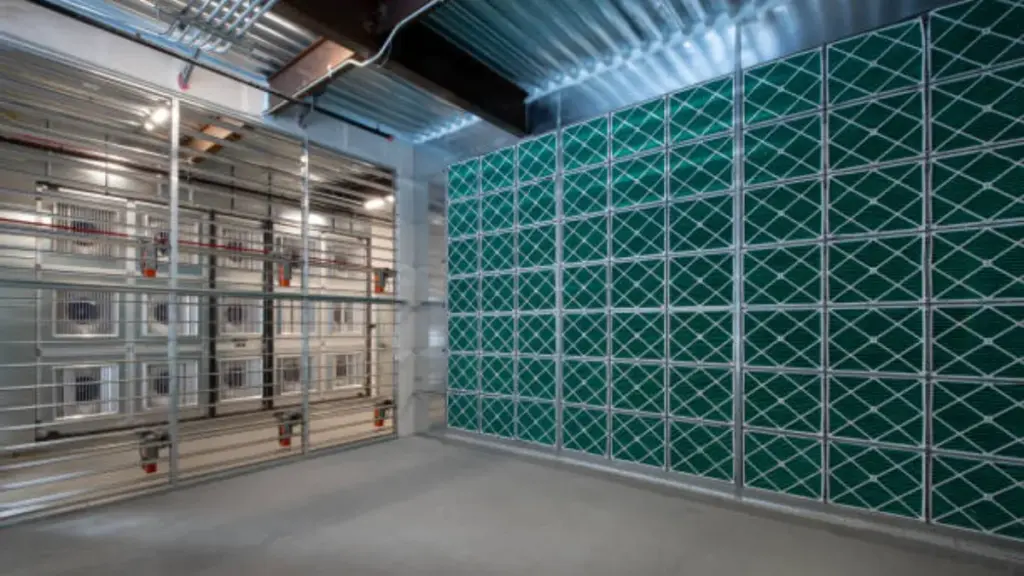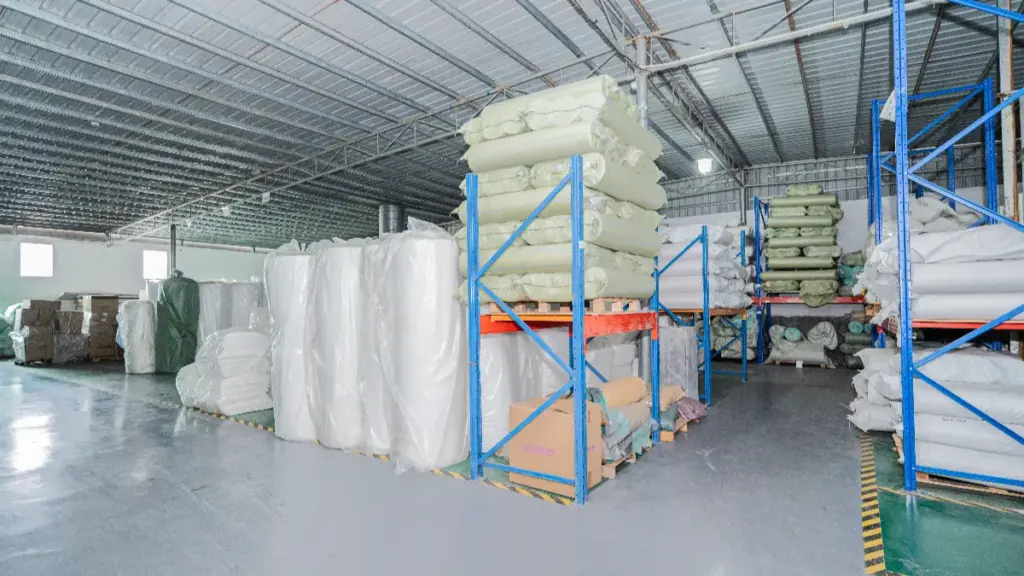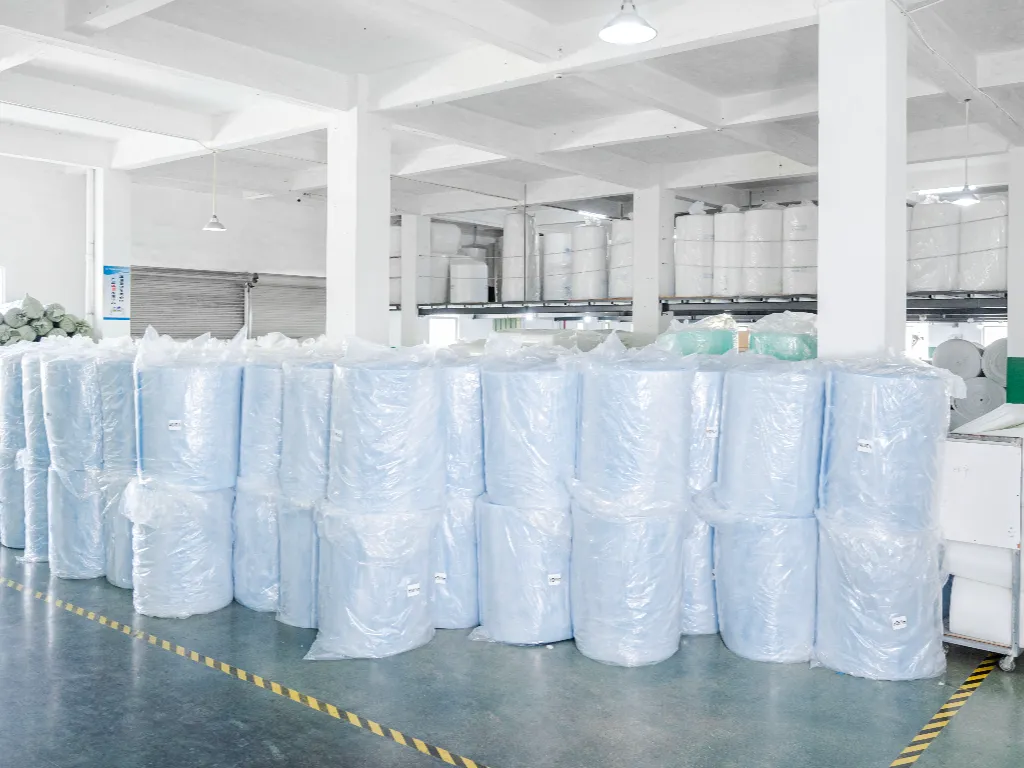When working with paint booths, one of the most important components is the filter system. Paint booth filters play a critical role in ensuring the safety, quality, and efficiency of the painting process. They help to trap harmful particles, control airflow, and maintain a clean working environment. В этой статье, we will explore the different types of paint booth filters, their purposes, and how to select the right filter for your paint booth system.
Why Paint Booth Filters Are Essential
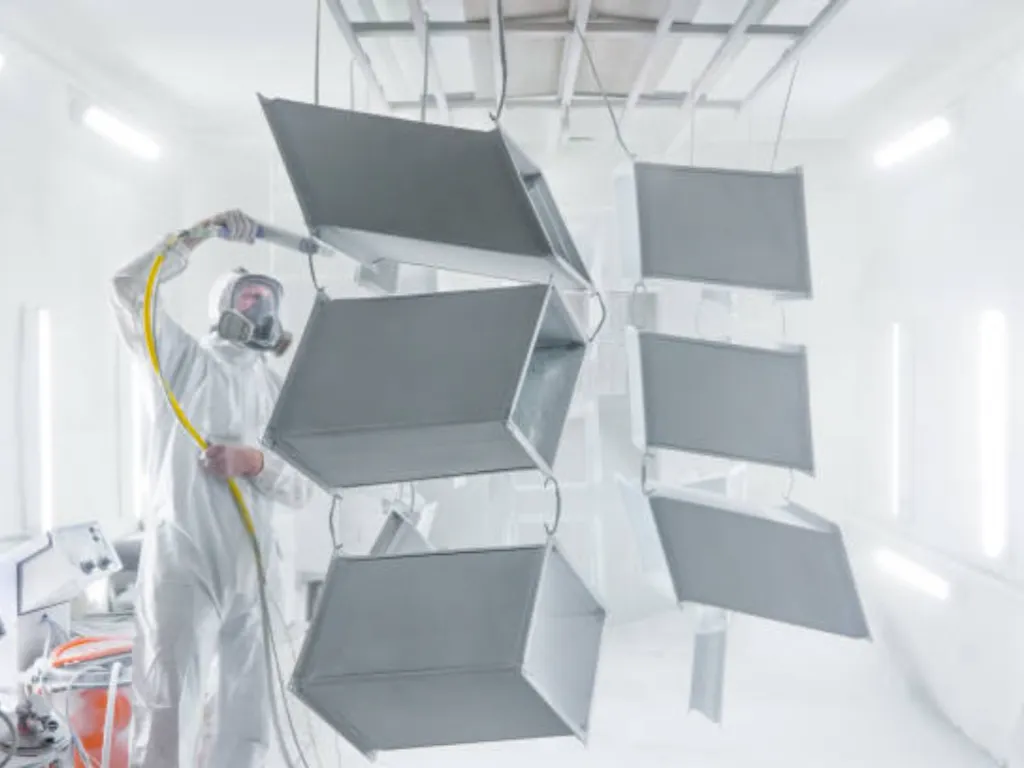
Paint booth filters play a crucial role in the painting process by providing the following benefits:
- Protect workers and environment: Paint booth filters capture harmful paint particles, пыль, и volatile organic compounds (VOCs), reducing health risks and pollution.
- Maintain booth cleanliness: Paint booth filters prevent overspray buildup on walls, lights, and equipment, keeping the booth safe and operational.
- Enhance system efficiency: Proper filtration reduces wear on ventilation and exhaust systems, lowering maintenance frequency and costs.
- Support regulatory compliance: Filters help meet environmental and safety standards by controlling emissions and airborne contaminants.
Detailed Breakdown of Paint Booth Filter Types
Фильтры окраски can be divided into four main categories based on their function in the painting system: intake filters, exhaust filters, air makeup filters, and specialty filters. In this section, we will focus on a detailed breakdown of the first three types while specialty filters will be covered separately in the following section.
1. Intake Filters
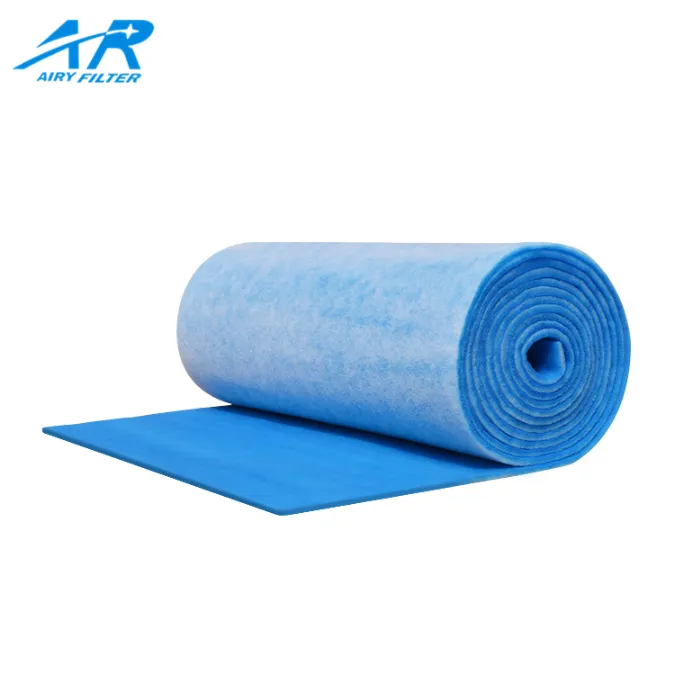
Intake filters are installed at the booth’s air entry points. Their primary role is to remove large airborne particles before they enter the paint booth. This protects the paint finish and reduces wear on downstream filters.
- Ceiling Filters: These are typically rigid or semi-rigid panels made of synthetic or fiberglass media. They fit flush in ceiling grids, offering moderate dust-holding capacity and consistent airflow with minimal resistance.
- Pre-Filters: Usually made of lightweight fiberglass or synthetic fibers, pre-filters trap larger contaminants to protect final intake filters. They have a loose structure, providing low airflow resistance but require frequent replacement in dusty environments.
- Roll Media Filters: Made from layered synthetic or fiberglass materials, roll media filters come in large rolls that can be cut to fit different booth sizes and shapes. Their flexible design allows for custom sizing, making them suitable for varied installation needs.
- Панельные фильтры: These filters consist of flat synthetic or fiberglass media mounted within a sturdy metal frame, often galvanized steel or aluminum. The metal frame ensures a tight seal when installed, preventing air bypass and maintaining consistent filtration efficiency. Their solid construction also helps resist deformation under airflow pressure.
2. Exhaust Filters
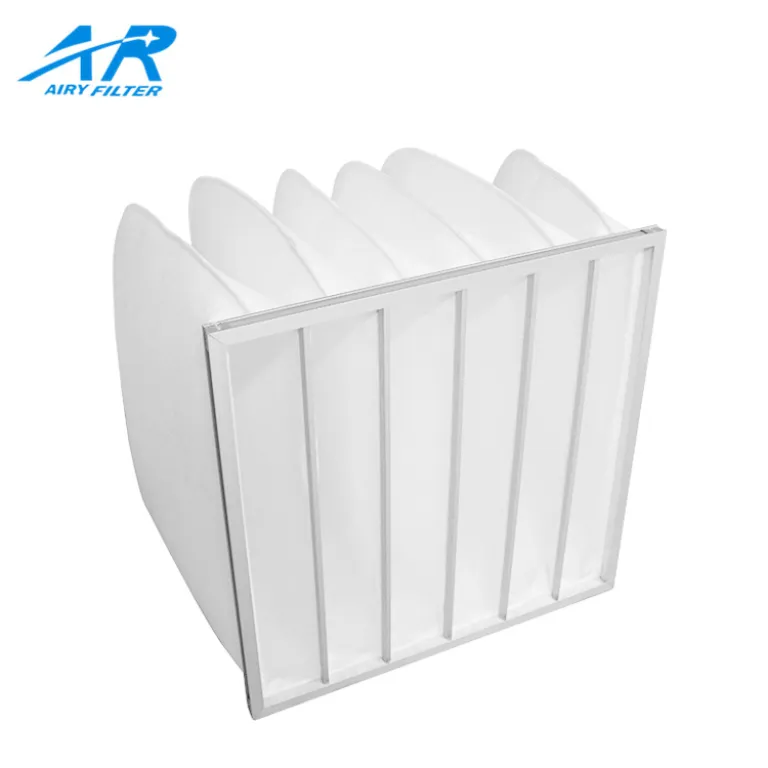
Exhaust filters capture overspray particles from the painting process before air is expelled outside. They prevent environmental contamination and reduce equipment fouling.
- Paint Arrestor Filters: Made from dense fiberglass or polyester fibers, these filters efficiently trap liquid paint droplets. Their layered structure and thickness provide high particle retention and durability but create moderate airflow resistance.
- Bag Filters: Comprising fabric filter bags suspended inside a frame, bag filters offer a large surface area for particle capture. Their flexibility allows for high dust-holding capacity and low pressure drop, making them suitable for heavy overspray volumes.
- Multi-Layered Roll Media: These filters consist of several layers of synthetic or fiberglass media laminated together. The multiple layers improve filtration efficiency and extend service life by trapping particles progressively through the filter depth.
3. Air Makeup Filters
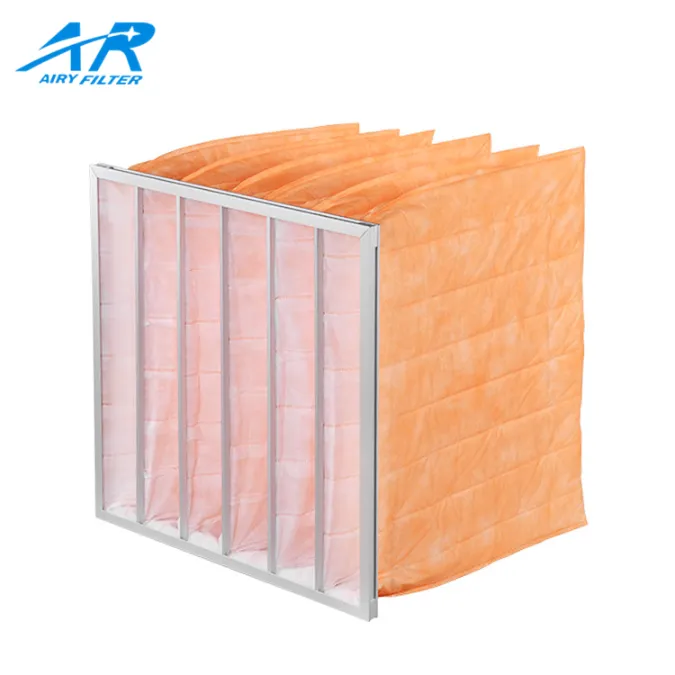
Air makeup filters clean the fresh air introduced to replace exhausted air, reducing contamination and extending the life of booth filters.
- Pre-Filter Pads: Thin, porous pads made from fiberglass or synthetic fibers. They capture coarse particles and are often used as a first filtration stage in air handling units.
- Карманные фильтры: Also called bag filters, these feature multiple fabric pockets that maximize surface area. They combine high dust capacity with good airflow characteristics and are commonly used in larger ventilation systems.
- Sleeve Pre-Filters: Cylindrical or sleeve-shaped filters made of synthetic fibers. Their design facilitates airflow in compact spaces and is effective at removing large particulates before finer filtration.
Specialty Filters for Precision Applications
Some paint booths require filters tailored for specific industries or processes where paint quality and air purity are critical. These specialty filters often include:
1. HEPA фильтры
Высокоэффективный частичный воздух (HEPA) фильтры trap 99.97% of particles down to 0.3 Микроны. They are common in automotive refinishing and aerospace painting where dust control is paramount.
Benefit: Extremely clean air, superior particle filtration.
Consideration: Requires strong ventilation systems due to higher airflow resistance.
2. Активированные углеродные фильтры
These filters absorb VOCs and chemical odors that standard particulate filters cannot capture. They are essential when controlling toxic fumes or unpleasant smells.
Benefit: Reduces hazardous gases, improves air quality.
Consideration: Limited lifespan; needs frequent replacement depending on VOC levels.
3. Electrostatic Filters
Electrostatic filters use an electric charge to attract and trap paint particles. They offer a reusable option and can reduce waste.
Benefit: Can be cleaned and reused, reduces filter waste.
Consideration: Initial cost is higher; may require specialized maintenance.
Here is a table summarized different types of paint booth filter:
| Filter Category | Тип фильтра | Definition | Advantages | Disadvantages |
| Intake Filters | Ceiling Filters | Rigid or semi-rigid synthetic/fiberglass panels fitted in ceiling grids. | Moderate dust capacity, consistent airflow, low resistance. | Limited dust-holding compared to others. |
| Pre-Filters | Lightweight fiberglass or synthetic fibers with loose structure. | Low airflow resistance, protects final filters. | Needs frequent replacement in dusty environments. | |
| Roll Media Filters | Layered synthetic/fiberglass rolls cut to size for custom fit. | Flexible sizing, consistent filtration across cuts. | Requires precise cutting and fitting. | |
| Панельные фильтры | Flat synthetic/fiberglass media in sturdy metal frame (steel/aluminum) ensuring tight seal. | Excellent sealing, durable frame prevents deformation. | Higher initial cost; heavier than other types. | |
| Exhaust Filters | Paint Arrestor Filters | Dense fiberglass or polyester layers trapping liquid paint droplets. | High particle retention, durable. | Moderate airflow resistance. |
| Bag Filters | Fabric filter bags with large surface area inside a frame. | High dust capacity, low pressure drop. | Bulkier design; requires space. | |
| Multi-Layered Roll Media | Several laminated synthetic/fiberglass layers improving filtration depth and life. | Improved efficiency and lifespan. | More expensive; may have higher airflow resistance. | |
| Air Makeup Filters | Pre-Filter Pads | Thin porous fiberglass or synthetic pads for coarse particle capture. | Simple, cost-effective, easy to replace. | Limited dust-holding capacity. |
| Карманные фильтры | Fabric pockets maximizing surface area for dust capture. | High dust capacity, good airflow characteristics. | Larger size requires more space. | |
| Sleeve Pre-Filters | Cylindrical synthetic fiber filters for compact airflow paths. | Space-efficient, effective large particle removal. | May require specific housing for installation. | |
| Specialty Filters | HEPA фильтры | High-efficiency filters removing 99.97% of particles down to 0.3 Микроны. | Exceptional particle removal for critical environments. | High pressure drop; needs robust airflow systems. |
| Активированные углеродные фильтры | Filters that adsorb VOCs, odors, and harmful gases. | Controls chemical emissions and odors effectively. | Limited lifespan; frequent replacement needed. | |
| Electrostatic Filters | Filters using electric charge to attract and trap particles; often reusable. | Reusable, reduces filter waste. | Более высокая предварительная стоимость; requires specialized cleaning. |
Different Types of Paint Booths

Choosing the right filter depends partly on the paint booth type. Here’s a quick overview of common paint booth types and how filters fit in:
1. Crossdraft Paint Booths
Air flows horizontally from the front to the back of the booth. Filters at the intake and exhaust capture particles efficiently.
Filter use: Pre-filters at intake, primary filters at exhaust.
2. Downdraft Paint Booths
Air moves from the ceiling down to the floor, carrying overspray down and away from the workpiece. Filters are installed on the ceiling and floor exhaust.
Filter use: High-efficiency ceiling filters and floor filters.
3. Semi-Downdraft Paint Booths
Air enters from the side or ceiling and exits through the side or floor, combining features of both crossdraft and downdraft booths.
Filter use: Requires well-placed filters to capture overspray effectively.
4. Side Draft Paint Booths
Air flows horizontally from one side to the other. Filters on the intake side clean incoming air, and exhaust filters clean outgoing air.
Filter use: Similar to crossdraft but with side placement.
How to Choose the Right Paint Booth Filter for Your System
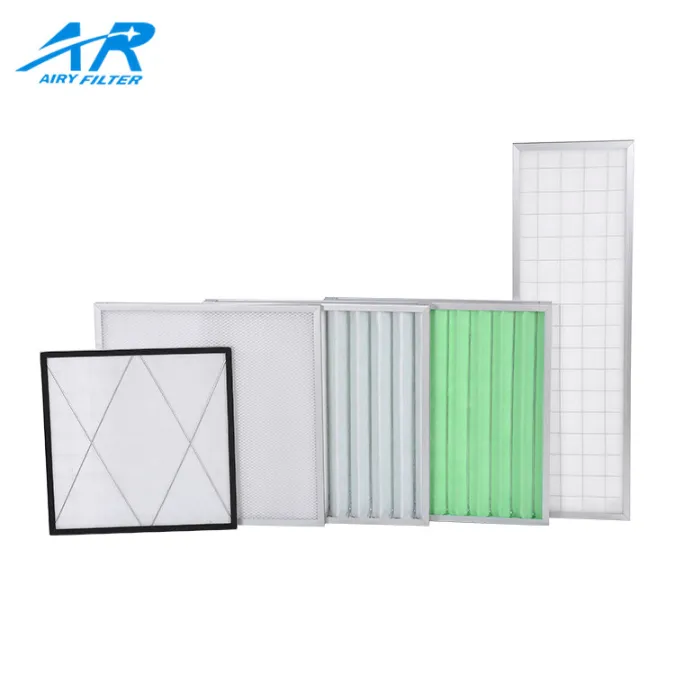
Selecting the appropriate paint booth filter requires understanding your specific painting environment and needs. Here are the key factors to consider in detail:
1. Type of Paint and Overspray Volume
Heavy-duty power coatings like automotive finishes or industrial paints produce large amounts of overspray and finer particles. For these, exhaust filters such as bag filters or multi-layered roll media are ideal due to their high dust-holding capacity and efficiency. Intake filters with sturdy panel or roll media are also necessary to protect the booth air.
For light-duty applications—such as small-scale furniture painting or touch-ups—less intensive filtration is sufficient. Ceiling filters or simple pre-filter pads often a good choice.
2. Airflow and Booth Design
Different booth designs require tailored filtration setups.
- Downdraft booths push air vertically downward, so ceiling intake filters and floor exhaust filters (usually paint arrestor or bag filters) are key.
- Crossdraft booths move air horizontally; therefore, intake filters on one side and exhaust filters on the opposite side must be selected accordingly to ensure effective particle capture.
3. Environmental Regulations
Local and regional regulations may require specialized filters, such as HEPA filters or activated carbon filters, to reduce volatile organic compounds (VOCs) and fine particulate emissions. Confirm the standards in your area before choosing filters.
4. Maintenance and Operating Costs
Filters with longer lifespans, such as multi-layered roll media or electrostatic filters, can lower operating costs despite higher upfront prices. Consider if your maintenance team can handle specialized cleaning or replacements.
5. Budget Constraints
While high-end filters improve air quality and reduce paint defects, they often come with higher costs. Balancing initial investment with long-term benefits, such as fewer reworks and safer working conditions, is essential for cost-effective filter selection.
Paint Booth Filter Maintenance and Replacement
Proper maintenance of air filters for paint booth is essential to keep your system running smoothly and safely. Here are key practices:
- Regular Inspection: Check filters frequently for dust buildup, tears, or damage. Replace immediately if compromised.
- Scheduled Replacement: Follow manufacturer recommendations for filter life. Ignoring replacements can reduce airflow and efficiency.
- Cleaning Reusable Filters: Some filters can be washed or vacuumed to extend use. Ensure proper drying before reinstalling.
- Monitor Airflow and Pressure: A drop in airflow or rise in static pressure can indicate clogged filters.
- Record Keeping: Keep logs of filter changes and maintenance to ensure consistent performance and compliance.
If you’re looking for reliable, high-quality paint booth filters, consider Воздушный фильтр. С 17 years of experience in industrial air management, we understand the demands of the industry and deliver products built to last. Our strong manufacturing capability supports a monthly production volume exceeding 200,000 единицы, ensuring we meet both small and large orders on time. All our filters meet rigorous standards and hold certifications such as CE, SGS, EN779, DIN5510, Доступный, MSDS, EN45545-R5-HL3, и GB-8624. Backed by more than 20 patents, our innovative solutions help improve air quality and system efficiency. Contact Airy Filter today to get expert support and precise air filtration solutions tailored to your paint filtration needs.

